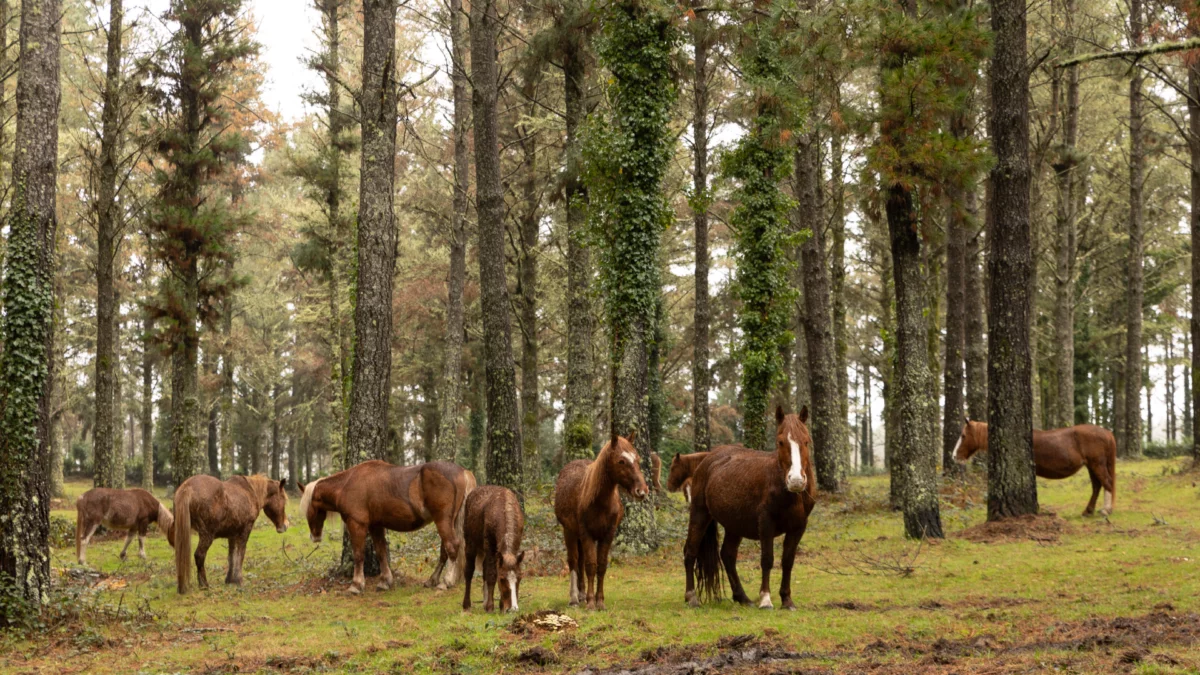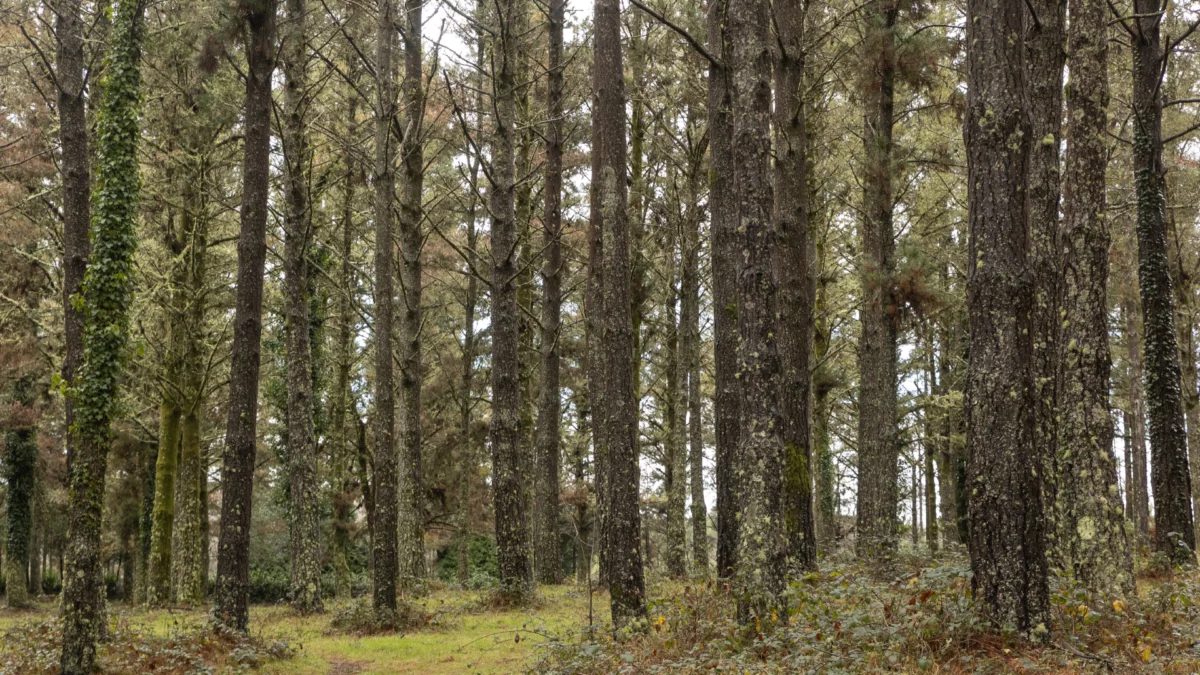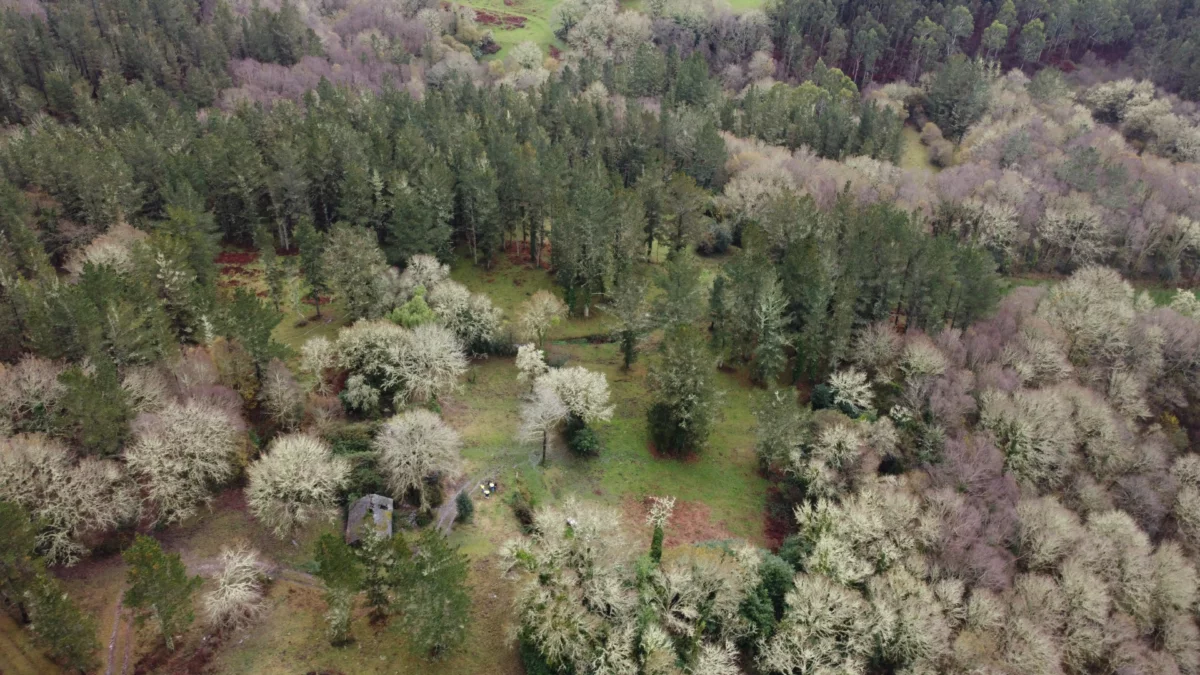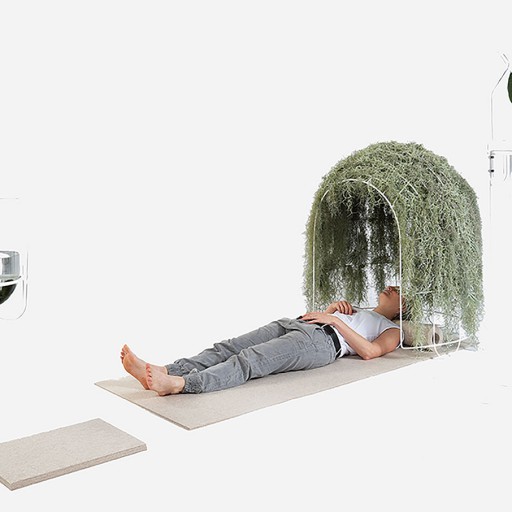From the outside, without knowing anything, a forest is a forest. Perhaps it has never been touched by human hands and remains completely intact, but it has often been altered and modified throughout history. Whether their trees have been cut down and their wood used for various purposes, whether spaces have been opened up for homes to be built, whether they have been repopulated with invasive species… Forests give us so much, but it’s important not to destroy them through exploitation. The care and conservation of forest environments is key to ensuring a green and sustainable future.
What does forest care guarantee?
To achieve this, there are already regulations that cover a few minimum requirements. In Europe, all of this is part of the European Green Deal, the European Commission’s strategy to try to reach a climate-neutral EU by 2050, but achieving the ultimate goal requires going beyond what is mandatory. To this end, the global non-profit organization Forest Stewardship Council® (FSC) has established itself as the leading global benchmark thanks to its certification system, which seeks, according to its website, to “promote responsible forest management worldwide”.
The basic FSC® certification is the one we sometimes see on products like wood or paper, indicating that they have been obtained from certified forests. “It is done for different types of forestry-related issues, usually the extraction of wood. This basic certification analyses the extent to which the entire process for obtaining the product meets the standards of sustainable forest management from three perspectives: economically viable, ecologically compatible, and socially acceptable”, explains Adolfo Cordero, professor of ecology at the University of Vigo.
Ver esta publicación en Instagram
Ecosystem services: conservation under certification
According to FSC®, there are 784,581 certified hectares in Spain (out of a total of 26 million hectares of forest ecosystem in the country). Of these, 13% have gone further and obtained an additional certification, the ecosystem services certification, which assesses “the verified impacts of the ecosystem services they provide to society.”
There are different aspects depending on the service or benefit that society obtains from the ecosystem in question: carbon sequestration and storage, water services, soil conservation, recreational services, cultural practices and values, air quality, and biodiversity conservation. This last aspect has been the aspect in which the A Panda da Dá farm (As Pontes de García Rodríguez, A Coruña) has obtained its ecosystem services certification.
Biodiversity Conservation: A Panda da Dá
“This ecosystem certification, in terms of biodiversity conservation, aims to verify that the entire farm management process is actively and positively maintaining the biodiversity of the systems it affects. In this case, it’s the forest systems”, explains Cordero, who coordinated the UVigo team that examined different aspects of the farm’s biodiversity for the final report that would be submitted to the certifying company, SCS Global Services. As with other quality certificates, a company instructs another company (the certifier) to validate that a specific procedure meets certain standards (in this case, those established by FSC®).
Ver esta publicación en Instagram
Since measuring the complete biodiversity of an ecosystem is “impossible in practice,” the UVigo team focused on measuring various indicators. “We analysed several of the indicators of life in diversity that we considered most relevant in this case. Since this is a farm with a forestry vocation, we first examine the flora (especially trees and shrubs) and its diversity. We also gave importance to a more botanical aspect, such as ferns, which we examined in detail because it is an area with very interesting populations”, he explains. In addition, they analysed the lichens and measured the biodiversity of the streams, as well as the insects and aquatic invertebrates they found in them. “It turned out that the quality is optimal. The streams have macroinvertebrate communities that correspond to what would be expected from a diverse and well-preserved system”, he says.

They also set up camera traps to detect some vertebrates they knew were there, to provide proof of their presence, and they thought of many other indicators that would have been interesting to measure. In their report, they also included proposals for action for the future. “On the part of the farm used for commercial exploitation, there is a pine plantation very close to the river. We suggest that when the time comes to cut them down, they should not be planted so close together. From an economic point of view, it makes very little difference because there are only a few pines, but from an ecological point of view, it will be important”.
FSC: a certificate of forestry excellence
There are only 88 forest management certificate holders in the world with verified ecosystem service impacts, 14 of them in Spain. Since FSC® is a voluntary framework for companies looking to measure and certify their impact in areas such as biodiversity conservation, the appeal of going through the entire process is clear: a way to prove that greenwashing isn’t taking place, that land management is truly sustainable and having a positive impact on society. “It’s a badge of honour that says your management, in addition to complying with regulations, is excellent and goes above and beyond. “They are concerned about aspects that are not considered mandatory”, says Cordero.

UVigo professor defines A Panda da Dá as “a kind of oasis”, referring to the small number of companies with ecosystem services certification, not only in Galicia or Spain, but worldwide. The estate, owned by Finsa since 1989, has implemented a forest management model focused on reforestation with radiata pine, but also promotes the conservation of native broadleaf forests and the natural regeneration of riparian forests.
“I think it is important to highlight the fact that the socioeconomic context does not favour this type of action. The company has to obtain wood, which is its business, but the fact that they have opted for a management approach that isn’t “wood at all costs” for so long is something that must be appreciated. If this starts to spread as an example, maybe we’ll achieve a widespread improvement that ultimately benefits everyone”, Cordero reflects.

Cultural and educational activities are often organized on the estate, and it is a destination of interest due to its pioneering status. In early 2025, for example, it was visited by a group of architecture students from the Massachusetts Institute of Technology (MIT), who were able to learn about the history of the space and the details of the architectural and landscape renovation competition that was launched in November 2024 in collaboration with the RIA Foundation. This competition, whose finalists were announced in January 2025, seeks to further deepen the vocation of sustainable forest management and care.
A Panda da Dá is proof that another way of doing things—greener, more respectful, and more sustainable—is possible and viable.



